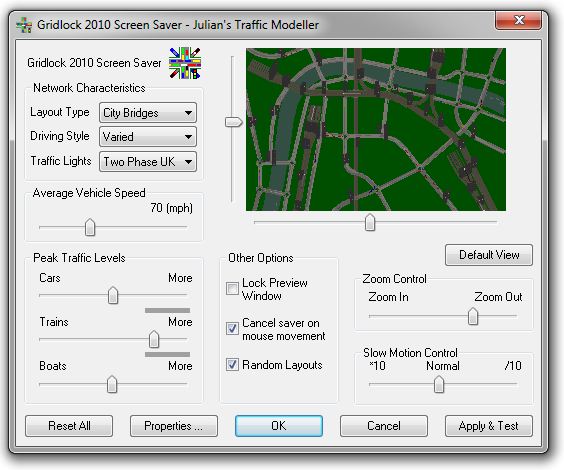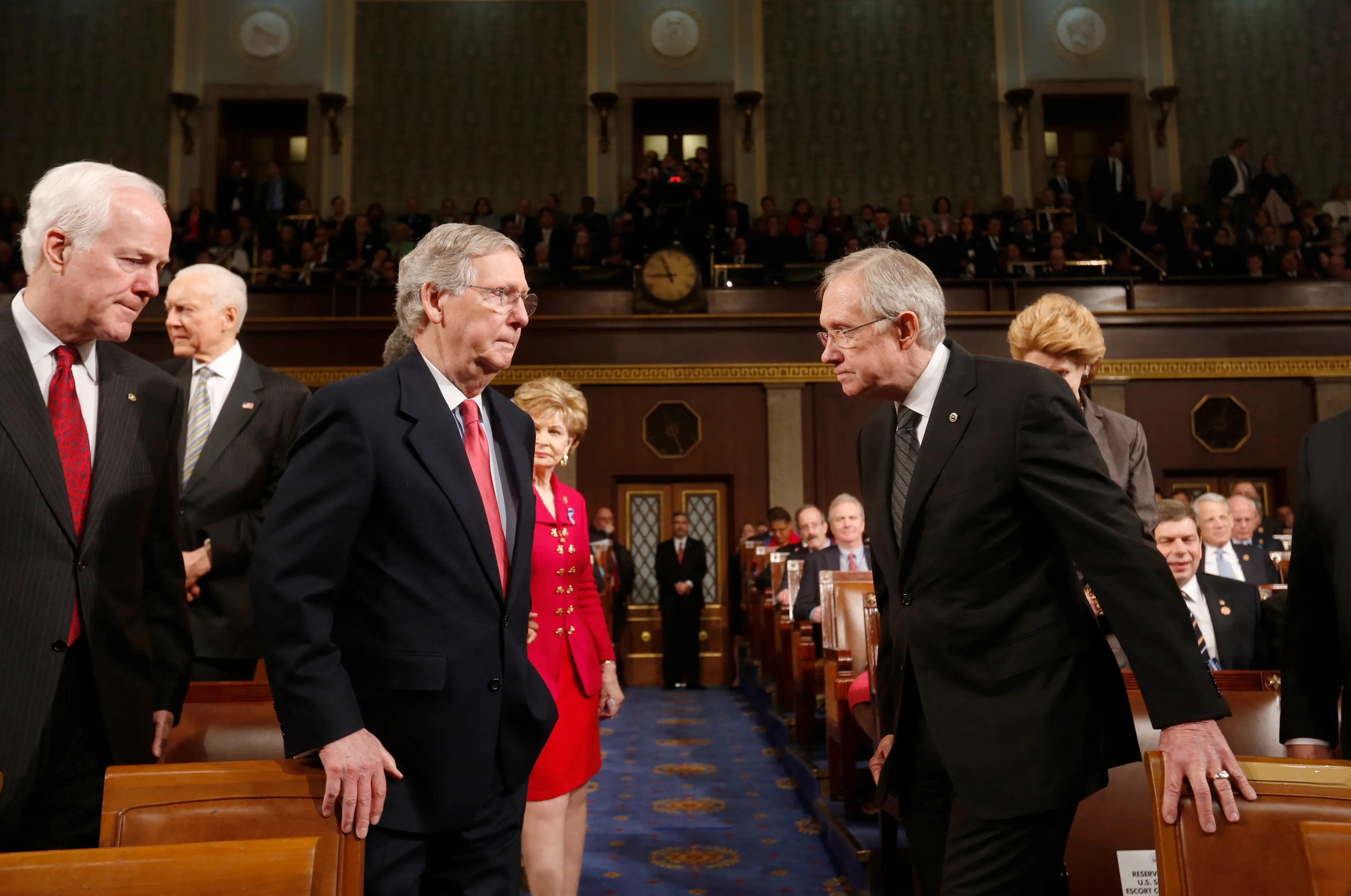
Madison, Rakove reminds us, does suggest that senators and the president may find common cause in the exercise of their shared powers over diplomacy and nominations to check an overly ambitious House. Historian Jack Rakove points out this ambiguity, noting that even in Federalist 51 Madison says little about how such attachments would form.

Left unstated was the mechanism that would secure lawmakers’ loyalty to the Congress. Madison was significantly less clear about how politicians’ interests would be fused to their constitutional rights as members of Congress. The interest of the man must be connected to the constitutional rights of the place.” By focusing on political ambition (reinforced by frequent popular elections for House members), Madison suggested that the Constitution would channel lawmakers’ natural political impulses-both against one another and collectively against the president. In perhaps the most frequently quoted line from the Federalist Papers, Madison observed that “Ambition must be made to counteract ambition.

Instead, Madison believed that creating competing power centers within the political system would compel politicians to compromise: They would otherwise be unable to secure favored policy outcomes as they required agreement of the other chamber and the president. As Madison wrote in Federalist 48, “a mere demarcation on parchment of the constitutional limits of the several departments, is not a sufficient guard against those encroachments which lead to a tyrannical concentration of all the powers of government in the same hands.” In short, assigning dozens of critical constitutional responsibilities and powers to Congress did not guarantee that lawmakers would faithfully deploy them.

But as Stewart reminds us, Madison understood that the Constitutional text would not enforce itself. But as I explore below, together they form the backbone of Madison’s vision for the new Congress.Īs political scientist Charles Stewart has observed, Article I-which established the blueprint for Congress-was fairly prescriptive, encompassing more than half of the constitutional text. To be sure, these two dimensions of Madison’s Congress are neither easily nor readily separated. Second, Madison expected that Congress would dominate the political system: Article 1 amassed significant political authority in the legislature, empowering new national majorities to solve public problems. First, Madison believed (or hoped) that his constitutional system would channel lawmakers’ ambitions, creating incentives for legislators to remain responsive to the broad political interests that sent them to Congress in the first place. Still, two elements of Article 1 are particularly important for distilling Madison’s plan for the new Congress. In that sense, it is difficult to isolate Madison’s expectations for Congress apart from his broader constitutional vision. Madison embedded Congress in a broader political system that dispersed constitutional powers to separate branches of government, but also forced the branches to share in the exercise of many of their powers. In this paper, I explore Madison’s congressional vision, review key forces that have complicated Madison’s expectations, and consider whether and how Congress’s power might (ever) be restored. The rise of nationalized and now ideologically polarized parties challenges Madison’s constitutional vision: Lawmakers today are more often partisans first, legislators second. But Congress today often misses the Madisonian mark. True, Congress has proved an enduring political institution as Madison surely intended.

Congress, the institutional lynchpin of Madison’s constitutional plan. Long after ratification of the Constitution-and after the Du Pont family had suffocated Montpelier in pink stucco-preservationists returned to Montpelier to restore Madison’s home. Looking westward to Virginia’s Blue Ridge Mountains from his Montpelier library, James Madison in 1787 drafted the Virginia Plan-the proposal he would bring to the summer’s Constitutional Convention in Philadelphia. Revisiting and Restoring Madison’s American Congress


 0 kommentar(er)
0 kommentar(er)
